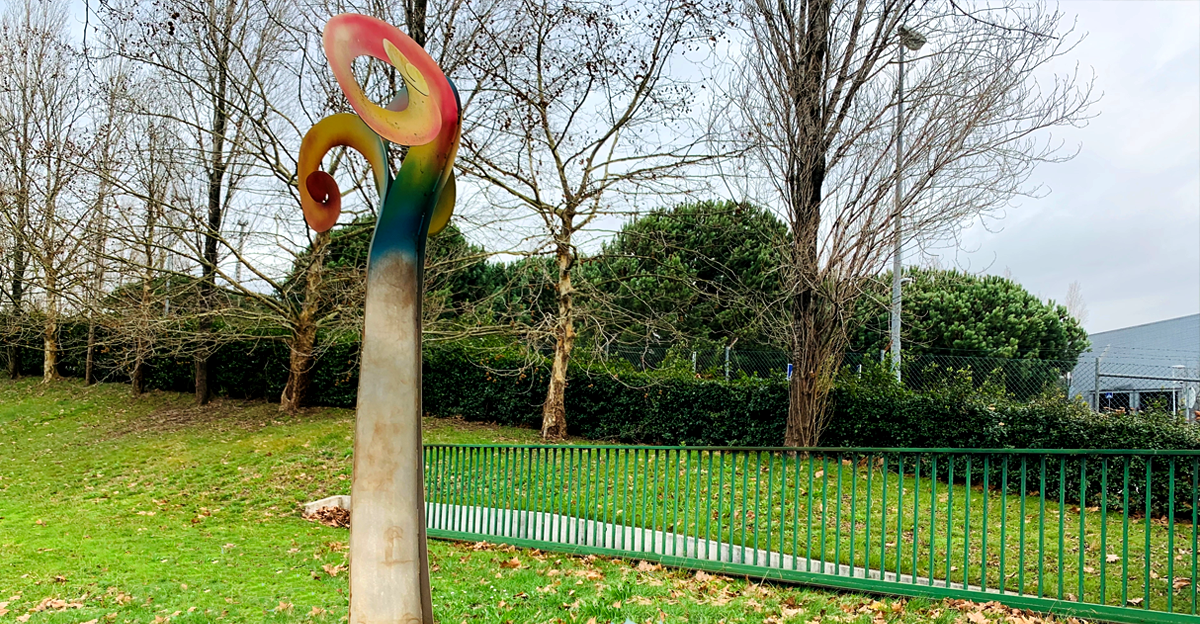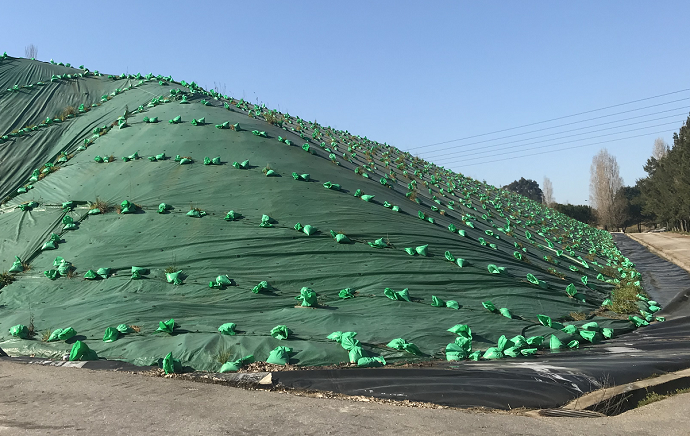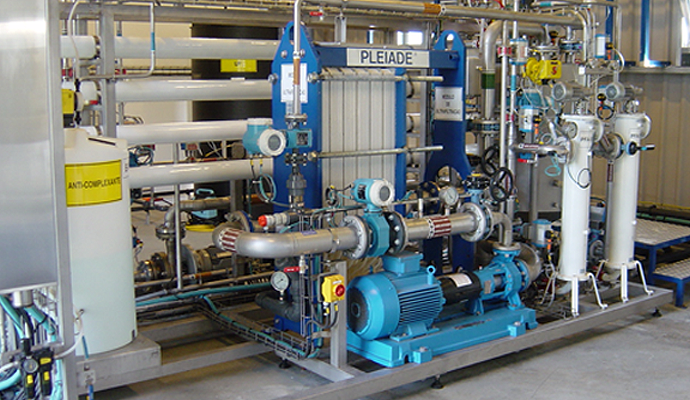Technical Confinement

A safe end-of-life solution.
Landfill
The Energy Recovery Plant's Landfill was built in order to be safe for the environment and flexible enough to accommodate different kinds of waste. With two cells organized in three alveoli, one for each type of waste, it receives the by-products of the Energy Recovery Plant, slag and ash, and the raw (untreated) waste during maintenance and emergency stops.

- The Northern cell, for slag (after sorting) and ash, has reinforced liner compared to the Southern cell.
- The Southern cell, has Biogas production. Biogas has a high greenhouse effect potential, which is why the Landfill has a biogas collection and drainage system that leads to a flaring system, reducing its greenhouse effect potential by approximately eight times.
Leachate treatment station
In Southern cell leachate is produced, due the type of waste, which requires a careful management. The Landfill is divided into different drainage units, making it possible to separate leachate from rainwater, diminishing the quantities of effluent to be treated. The effluent produced in the Landfill, once it has passed through a regularization/homogenization lagoon, undergoes a biological nitrification/denitrification treatment in two tanks, allowing for the formation of gaseous nitrogen and the reduction of the existing organic load.







